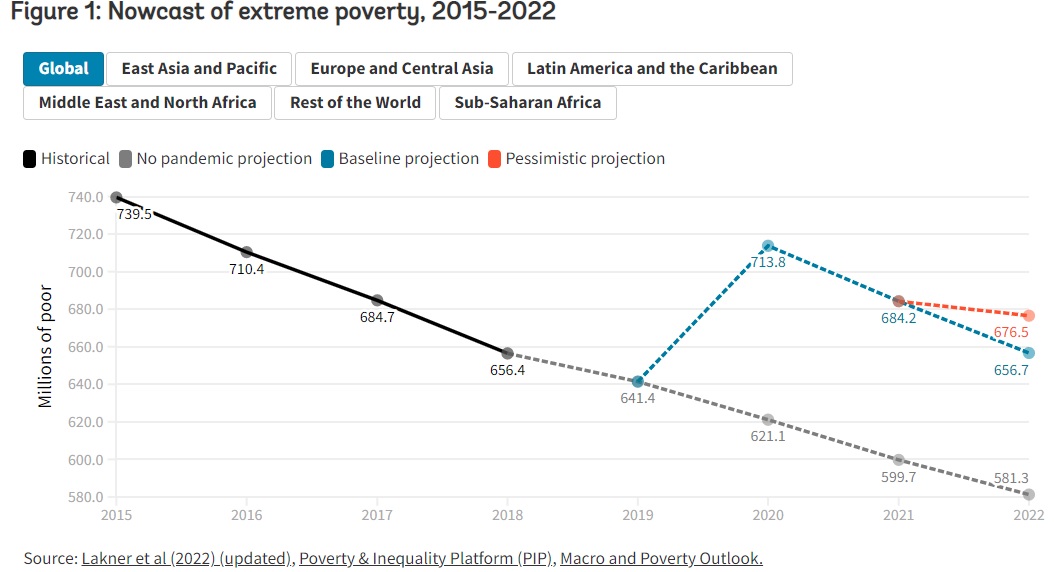A foreign land. International Need to Know is about the rest of the world but we live and were born right here in America. And yet when we look around we often barely recognize her. We’ll admit we’ve occasionally dressed her up in our mind in beautiful gowns that perhaps made her look better than she really was. We did this even as others claimed she wore no clothes at all. The truth is at different times on different days Miss America dons any manner of garb, sometimes plain old work clothes, other days draped in a robe while holding a tablet in one hand and the torch of liberty in the other, and on the saddest of days, driven by fear, grasping the axe of tyranny.
And yet today as we type, recent events and revelations, the words, ideas and thoughts of so many, are a language we don’t understand. We become lost in the winding lanes of strange contradictions that is today’s America. All at once people boiling over with anger, sometimes even calling for violence, but all contained in a polluted pot of complacency until we wonder if it will all soon evaporate away. Every day we see ideological certitude wrapped in boxes of laziness. Dog issues best left to lie in long constitutional precedent. Screaming cats pouncing from the back alleys onto the steps of power. We are, we will admit, a bit lost, with no map to guide us back home. We increasingly find ourselves in a foreign land. And so we find solace in new global poverty data, are charged up from battery advances and examine China’s chokepoint worries. It’s this week’s International Need to Know, troubled and worried for a ragged glory.
Without further ado, here’s what you need to know.
Somewhat Good News on Poverty
The world has done remarkably well over the last 170 years though the last decade, like members of a rock band long broken up and forgetting what made them successful and happy in the glory days, we usually don’t remember that fact. One of the ways the world has improved is a more or less continuous reduction in poverty. We pointed out last year that the number of people living in poverty around the world actually increased due to the pandemic. But that was a blip. Since then the number of people in absolute poverty continues to decrease—-but at a lower rate. As you can see in the World Bank chart below, poverty continues to decrease but not as rapidly as was originally projected pre-pandemic. We could have done better sans Covid but it’s important to note that poverty continues to decrease around the world nonetheless. These are projections, and you can read the methodology at the link, but these World Bank projections point to how important economic growth is and why it is good that we’ve seen economic growth after the initial declines due to the pandemic. As you can see in the chart, there are three estimated projections, including a pessimistic one. One of the projections is based on guessing what happens with inflation. According to this World Bank analysis, “for every additional one percent increase in food prices, nearly 10 million additional people could be living in extreme poverty.” So, there are lots of challenges out there and continued decreases in poverty are not guaranteed. That makes it all the more important we remember how good the last 170 years have been, and even more important, understand what caused the good times.
All Charged Up
We gassed up earlier this week and lo and behold the price was less than the last time we filled the tank. By 20 cents. On the other hand it was still $5.60 per gallon so we didn’t go inside the station and buy a bunch of beef jerky or anything. Still this made us even more pleased to see the next day that the leading battery maker in the world, CATL, announce it achieved significant improvements with its latest battery. Not only does the new battery increase range of driving to 621 miles (1000 KM for our increasingly numerous non-American readers) but “this technology supports a fast hot start in 5 minutes and charging to 80 percent in 10 minutes.” CATL like nearly all the major battery companies is Chinese. As we discussed last week, this is yet another part of the supply chain that needs to be diversified (see chart below from MacroPolo.org) No matter where batteries are made, the technology continues to progress quickly, meaning you will likely be driving an electric vehicle in the future. And all the beef jerky you can enjoy.
China Corner: Chokepoint Charlie
Even though a remarkably large part of global supply chains flow through China, Xi’s large fiefdom, like many countries, worries about being reliant on others for key components and products. China refers to these as “chokepoint technologies”—components it needs for “strategic” products. Or so asserts the Center for Security and Emerging Technology (CSET) at Georgetown University. CSET found articles from the Ministry of Science and Technology detailing China’s concern about its reliance on supply of certain “chokepoint technologies” from other countries, including the United States. Among the missing technologies the Ministry has expressed concern about are photolithography machines used in microchips, vacuum evaporators used for high-end OLED displays and high-end bearing steel used for aircraft, cars and precision machine tools. These technologies are made in places like the Netherlands, Germany and the United States. It appears, as China continues its authoritarian and expansionist ways, and the world pushes back against the new emperor, the world’s economy will increasingly bifurcate and become less efficient. So many problems in the world would abate if authoritarian governments liberalized.



